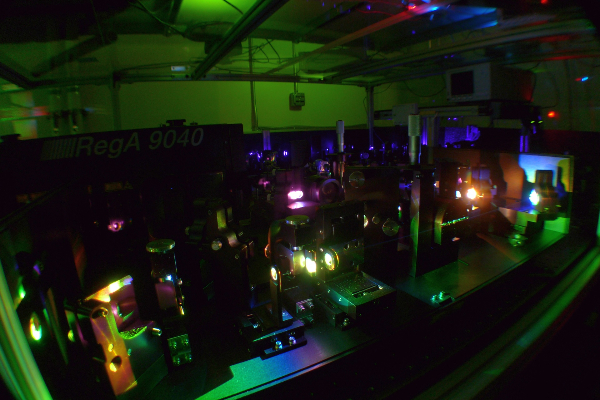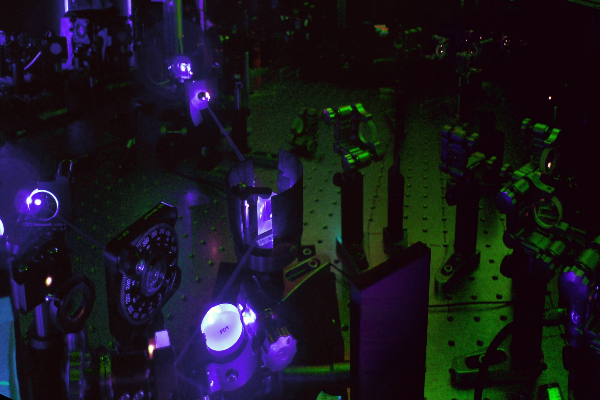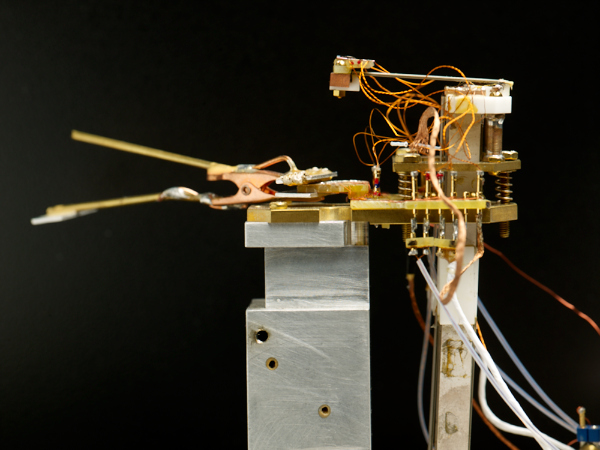X-Ray Sciences and Techniques Program at SIMES
Electronic processes often happen at “ultrafast” speeds too fast to observe with conventional tools. Now, with the advent of SLAC’s Linac Coherent Light Source (LCLS) X-ray laser and by using other high-speed lasers, we can observe the dynamics of complex materials under operating conditions.
We are especially interested in “emergence,” the complex patterns, interactions and systems that arise at the atomic level and are described in terms of space and time. By disentangling all the different phenomena that occur at these ultrafast speeds, we can rebuild new materials that exploit the same phenomena in different ways.
Faster Than the Speed of Light
Key processes for investigation are those that involve energy conversion, transport and storage, such as how a light pulse is converted into an electrical signal. These fast processes pervade electronics and also control things like how well information can be stored in computer systems. With an understanding of ultrafast photonic and electronic processes, we will be able to make more efficient and faster components, for use in computers and other systems.
The X-Ray Sciences and Techniques Program at SIMESdevelops X-ray probes that explore the electronic structures and dynamics of novel materials. Advances made in X-ray experimental and theoretical techniques offer unprecedented insight into the nature of how quantum control over electrons and atoms can be achieved as external parameters, relating to materials growth, temperature, magnetic fields, pressure and photon-pulses, are varied. Some examples are:
- Time-resolved pump-probe angle-resolved photoemission
- X-ray absorption studies of matter under high pressure
- Nanoscale X-ray imaging of magnetic structures in buried interfaces.
Supported by numerical simulations, these novel applications of photoemission and X-ray microscopy on the nanoscale enables detailed inspection of how local variations of the environment influence control over local electronic band structure, excitation dynamics and materials properties.










